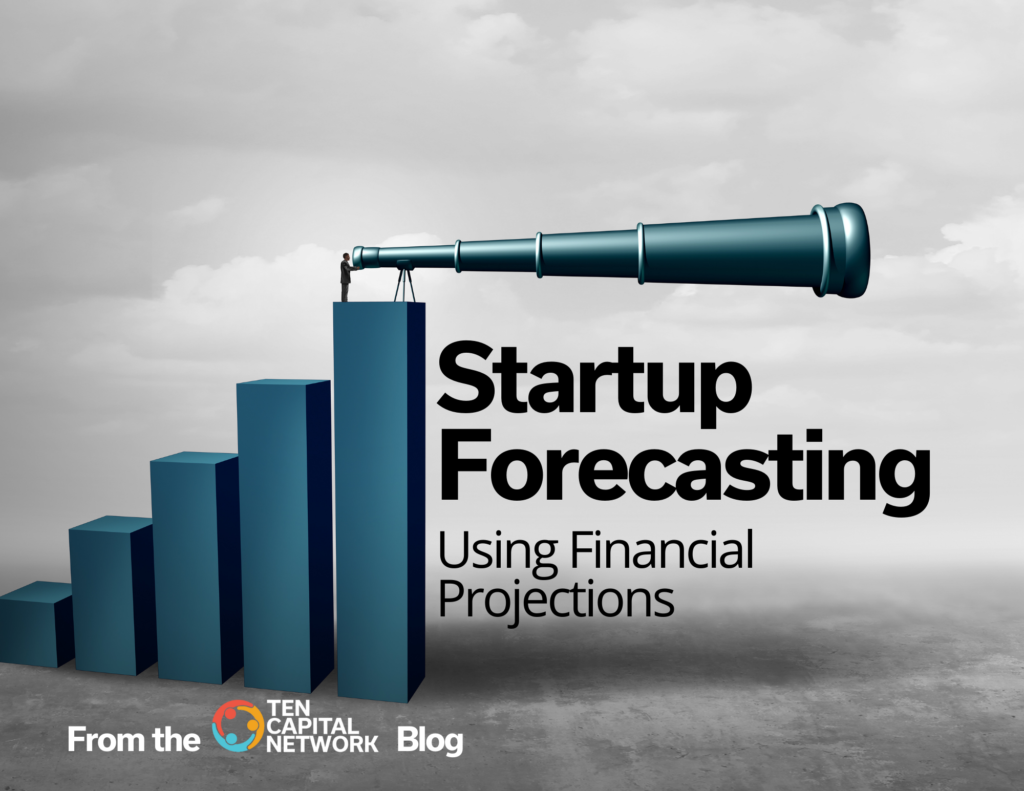2 min read Startups use key performance indicators to gather financial projections on a five-year scale. These outcomes are then listed in the financial projections document. This document can be used for many purposes, including startup forecasting. More than one forecasting method is available to startups. Let’s take a look at the different methods you can use.
Best Case Worst Case
After completing the financial projections, you may want to create various scenarios of your financial model. Startups are often optimistic, while investors are pessimistic, so it can be helpful to create a best-case scenario and a worst-case scenario.
For the worst-case scenario, keep your revenue at the current level or only with small increases. Check your cash position and runway and adjust the expenses and fundraise plan accordingly. For the best-case scenario, use the revenue targets you have in mind. Check your cash position and runway and adjust the expenses and fundraise plan accordingly.
Here are several common errors:
- As sales grow, so do sales costs – in particular commissions. Make sure these costs are included with the revenue ramp.
- Fundraises typically take longer than expected. For every $1M of funding you seek, it will take you one calendar year to raise it.
- Include your working capital needs for your fundraise planning and its impact on cash position.
- Founders typically work long hours for little to no pay. This is not true with non-founders. Make sure you include reasonable salaries for the work you expect from others.
Top-Down Forecasting
There are two approaches to financial forecasting for startups. The first is top-down forecasting. Top-down takes a macro perspective by using the overall market sizes and industry estimates for your type of business.
The top-down approach uses market share. Market share is divided into three segments:
- Total Available Market- anyone you can sell to
- Serviceable market- your target market
- Beachhead market- your initial segment to pursue
Base your financials as a percent of market share. Look at similar companies in the space to identify the COGS, gross margin, and operating expenses. Give yourself three years to ramp to profitability.
Bottom-up Forecasting
The second approach to financial forecasting for startups is bottom-up forecasting. Bottom-up forecasting uses the company’s historical data for cost and sales. It takes a micro-view and focuses on the core drivers in the business.
Through experimentation, the startup learns the cost of sales and marketing through various channels. Having sold some units of the product will guide the revenue forecast based on the sales funnel and the sales resources available.
The bottom-up approach may generate a forecast that looks weak to an investor. You may add your growth initiatives in to show what will drive the growth upwards past the organic growth rate. The initial growth (1-2 years out) comes from the current state of the business, while the future growth (3-5 years out) comes from your growth initiatives.
Make clear your assumptions in the spreadsheet. Your thought process and approach will weigh more heavily than the numbers themselves. Include attributions for market research such as websites, news articles, and market reports.
Feel free to try out our calculators and contact us if you would like to discuss your fundraise: https://www.startupfundingespresso.com/calculators/

Hall T. Martin is the founder and CEO of the TEN Capital Network. TEN Capital has been connecting startups with investors for over ten years. You can connect with Hall about fundraising, business growth, and emerging technologies via LinkedIn or email: hallmartin@tencapital.group.





